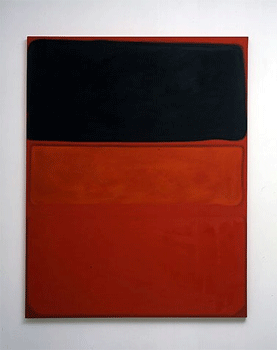
Starting this Friday night and running through April 28th, Mudam Luxemboug will host a series of events organized by Candice Breitz involving artists who "explore the logic of call-and-response" in their practices. Many of these artists, including Cory Arcangel, Matthieu Laurette, and Pierre Bismuth, have been previously categorized by the use of appropriation or recycling in their works, a characterization Breitz believes to feed into a false dichotomy, in the discourse surrounding contemporary art, between "original" creative production and critical responses to culture's reserves. For Breitz, "all creative acts are responses to other creative acts," and her curated program aspires to locate the practices of the participating artists in the history of call-and-response, which many musicologists trace back to oral cultures on the African continent. Call-and-response is a mode of creative expression that necessarily emerges "between people," in that it entails the participation of multiple speakers and listeners, thereby departing from "the traditional western separation of speaker/performer and listener/audience." Over a series of daylong sessions, Breitz will engage artists on a series of topics: "Art Goes to the Movies" will focus on the cannibalization of mainstream cinema in the work of Paul Pfeiffer, Bismuth, Martin Arnold and Breitz; "After Images" explores Surasi Kusolwong, Jonathan Monk, and Kaz Oshiro's use of other artists' works of art in their practices; and "Mondo Youtube" will find Arcangel, Laurette, and Bjørn Melhus discussing "the participatory potential of mainstream media such as advertising, the Internet, reality television, video games, Myspace and YouTube." As these types of mainstream media double as sites for corporate marketing and trend-appropriation - a topic Breitz has frequently addressed in her career - the question of the possibility for innovative, critical gestures becomes of paramount importance. Thankfully, one would be hard-pressed to find a better panel of practitioners to grapple with it. - Tyler Coburn
Jonathan Monk, What is Seen is Described, what is Described is Seen (Rothko) Version I, 2006

